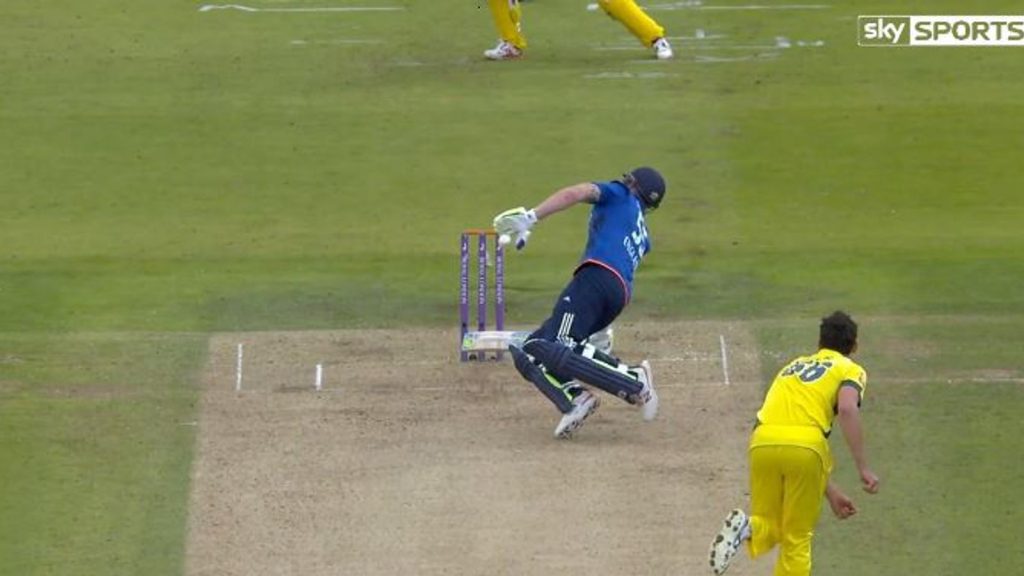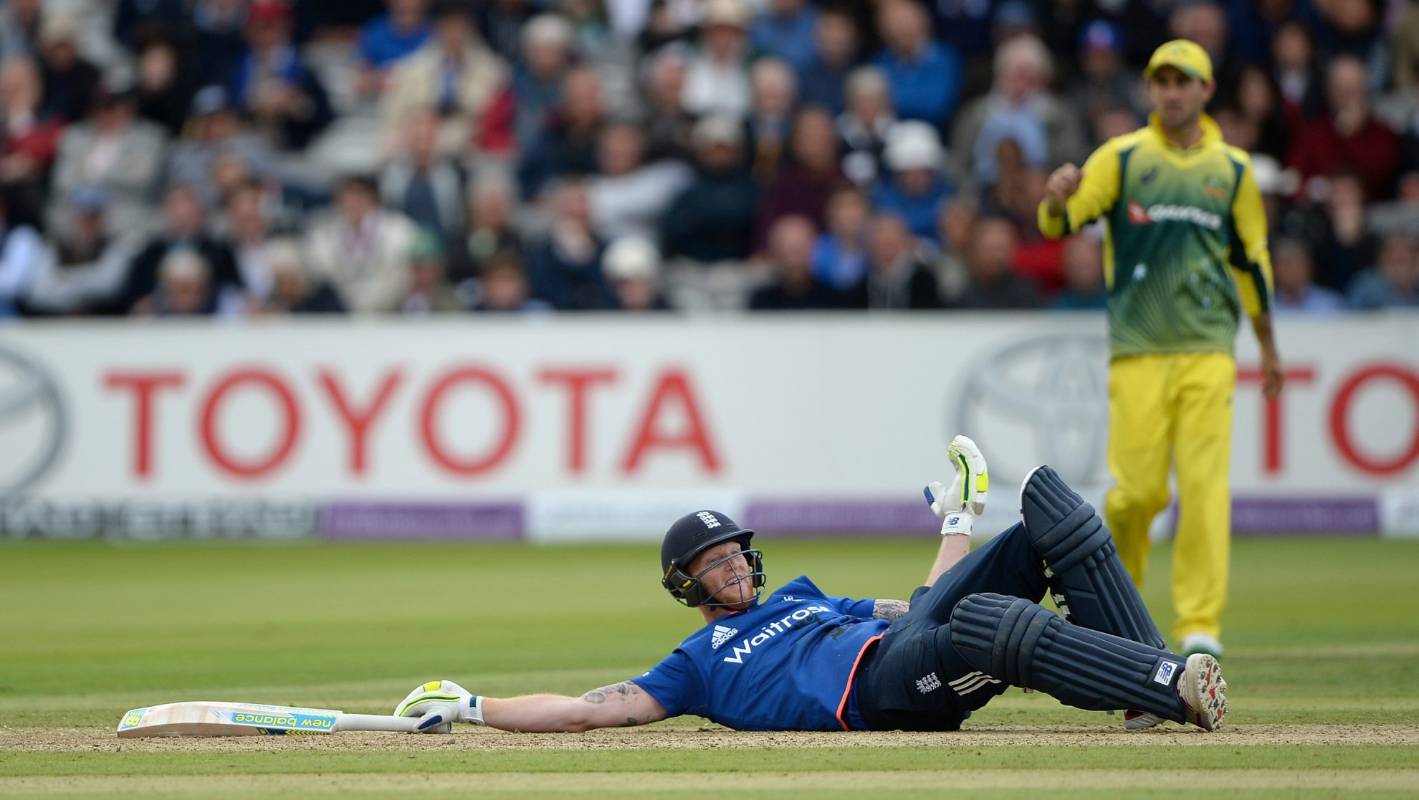Introduction
How many ways to get out in cricket? There are 11 ways in total, each with unique circumstances.
This blog post will closely examine all 11 ways to get out in cricket. We will explain each method in detail and provide examples of how they can occur in a game. We will also discuss some tips for batters on how to avoid getting out in each way.
Whether you are a new cricket fan or a seasoned player, this blog post is a great resource for understanding the different ways to get out in cricket.
Table of Contents
How many ways to get out in cricket?
There are 11 ways a batter can get out in cricket. They are:
- Bowled: The bowler hits the stumps and dislodges the bails.
- Caught: A fielder catches the ball hit by the batter before it bounces.
- LBW (leg before wicket): The umpire decides that the batter was in the way of the ball and would have hit it if they had not been there.
- Stumped: The wicketkeeper catches the ball before it bounces after the batter misses it or steps out of their crease.
- Hit wicket: The batter hits their stumps with their body or bat.
- Run out: A fielder throws the ball at the stumps and dislodges the bails before the batter enters their crease.
- Timed out: The batter does not reach the crease within three minutes of being called upon to bat.
- Handled the ball: The batter touches the ball with their hand, except when it is necessary to prevent an injury.
- Obstructing the field: The batter intentionally prevents a fielder from catching the ball.
- Hit the ball twice: The batter hits the ball twice in a row.
- Retired out: The batter chooses to leave the field without being dismissed.
The laws of cricket are set and managed by the Marylebone Cricket Club (MCC), a private members’ club based at Lord’s Cricket Ground in London, England. The MCC has been responsible for the laws of cricket since 1788 and continues to update and revise the laws regularly.
Explaining the different ways to get out in cricket
Here is a more detailed explanation of each way to get out in cricket:
Bowled
The batter is out bowled if the bowler hits the stumps and dislodges the bails.
Caught
A fielder catches the ball hit by the batter before it bounces. This is the most common way for a batter to get out. There are many different ways to catch a ball in cricket, such as fielding at cover, gully, or mid-on.
Leg Before Wicket (LBW)
The LBW rule is one of the most complex in cricket. It is used to dismiss batters blocking the ball with their body, even if they are not trying to hit it. The umpire decides whether or not to give a batter LBW based on several factors, such as the position of the batter’s body, the line of the ball, and the point of impact.
Stumped
The wicketkeeper is the only fielder who can stump a batter. This happens when the wicketkeeper catches the ball before it bounces after the batter misses it and steps out of their crease.
Hit Wicket
The batter hits their own stumps with their body or bat. This is a relatively rare way to get out, but it can happen if the batter is not paying attention or if they are trying to play a very difficult shot.
Run Out
A fielder throws the ball at the stumps and dislodges the bails before the batter enters their crease. This can happen if the batter is slow to run between the wickets or if they are caught off guard by a fielder’s throw.
Timed Out
The batter does not reach the crease within three minutes of being called upon to bat. This is a very rare way to get out, but it can happen if the batter is injured or if they are deliberately trying to delay the game.
There has never been a recorded instance of a Test match cricketer being timed out. The timed-out dismissal is rare in cricket and has never happened at the game’s highest level.
However, there was one notable incident in Test cricket where a batter came close to being timed out. In 2007, during the second Test between South Africa and India in Cape Town, Indian opener Sourav Ganguly was very slow to come out to bat after the fall of the previous wicket. The South African fielders appealed to the umpire for Ganguly to be given out timed out, but the umpire declined the appeal.
Ganguly eventually made his way to the crease, but the incident sparked a debate about the timed-out dismissal and whether it was fair to the fielding team. Some people argue that the timed-out dismissal is a necessary rule to ensure that the game progresses at a reasonable pace. Others argue that it is unfair to the batter to be given out if they are taking their time to prepare for their innings.
UPDATED 06/11/23: This has now finally happened in international cricket. Read the full story here.
Handled The Ball
The batter touches the ball with their hand except when necessary to prevent an injury. This is a very unusual way to get out, but it can happen if the batter tries to stop the ball from hitting them.
There have been a few instances of Test match cricketers being out handled the ball, but the most famous case is arguably that of Graham Gooch in 1993.
Gooch was batting for England against Australia in the First Test at Old Trafford. He had just scored a century and wanted to help England draw the match. However, with England on 246-7 in their second innings, Gooch was given out handled the ball.
The incident happened when Gooch was facing a short ball from Merv Hughes. Gooch blocked the ball with his cricket bat, but it flicked up and started to fall towards his stumps. Gooch instinctively put his hand out to stop the ball from hitting the stumps, but he was adjudged to have handled the ball and was given out.
Gooch was very disappointed with the decision and argued that he had only handled the ball to prevent it from hitting the stumps. However, the umpire upheld the decision, and Gooch had to walk off the field.
Gooch’s dismissal was controversial, and it sparked a debate about the handling the ball rule. Some people argued that the rule was too harsh and that Gooch should not have been given out. Others argued that the rule was necessary to prevent batsmen from deliberately handling the ball to prevent it from hitting the stumps.
The handling the ball rule is complex, and there have been several cases where it has been applied inconsistently. However, the dismissal of Graham Gooch in 1993 is one of the most famous examples of a Test match cricketer being out handled the ball.
Obstructing The Field
The batter intentionally prevents a fielder from catching the ball. This is a rare way to get out, but it can happen if the batter tries to cheat.
One of the most famous examples of a Test match cricketer being out obstructing the field occurred in 2015, during the second Test between England and Australia at Lord’s.
Ben Stokes was batting for England when he was given out obstructing the field after he raised his left hand to block a throw at the stumps from Australian bowler Mitchell Starc. Stokes was out of his crease and attempting to make his ground, but the umpire ruled that he had deliberately obstructed the field.

The dismissal was controversial, as Stokes argued that he had instinctively raised his hand to protect himself from the throw. However, the umpire upheld the decision, and Stokes had to walk off the field.
Hit The Ball Twice
The batter hits the ball twice in a row. This is a very unusual way to get out, but it can happen if the batter tries to play a difficult shot.
An example of a cricketer being out hit the ball twice occurred in a first-class match in 2005-2006. Kurt Wilkinson was batting for Barbados against the Rest of the Leeward Islands when he was given out after hitting the ball twice in a row.
Wilkinson played a defensive shot when the ball hit his bat and bounced back towards him. He instinctively reached out to push the ball away, but he was adjudged to have hit the ball twice and was given out.
Retired Out
The batter chooses to leave the field without being dismissed. This can happen for several reasons, such as injury, illness, or simply because the batter wants to give another player a chance to bat.
Conclusion
This blog post discussed the 11 ways a batter can get out in cricket. We have explained each method in detail and provided examples of how they can occur in a game. We have also discussed some tips for batters on how to avoid getting out in each way.
Understanding the different ways to get out in cricket is essential for any batter. By understanding the rules and circumstances surrounding each dismissal method, batters can reduce their chances of getting out and improve their chances of scoring runs.

